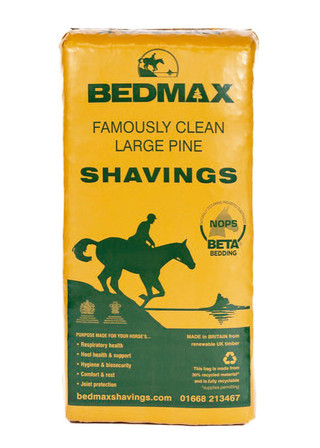Nesting Season
Nesting Season is Approaching: Don't go Encroaching
Nesting season in the UK is an exciting time of year! Watching birds build their homes and take care of their young is a great way to connect with nature. The season usually runs from March to august but there is no legally defined nesting season. During “nesting season”, it's important to be aware of the needs of all types of birds and observe their behaviour from a distance. This includes avoiding disturbing their nests and keeping away pets or other animals that could harm them. By understanding the nesting habits of birds, we can ensure they have a safe place to call home during this special time of year. So go out and enjoy watching your feathered friends as they prepare for another beautiful nesting season!
It is illegal under the Wildlife and Countryside Act 1981 to intentionally damage, destroy or obstruct any nest while it is in use or being built. This includes cutting down trees or hedges during nesting season. Disturbing a bird’s nest also carries a hefty fine of up to £5,000 and even six months in prison!

How to spot an active bird nest
To determine if a bird’s nest is active or not, you will need to look for some key signs. The best way to do this is to observe the nest from a distance and use binoculars or a spotting scope if available. Here are the primary things to look out for:
1. Look for birds coming in and out of the nest; it indicates that there are eggs or chicks inside that need care. If parents come and go frequently with food, it could be an active nest.
2. Check for any activity at night; many birds tend to be more active during twilight hours and can give away whether they are busy taking care of their young ones in the nest.
3. Small feathers around the nest could mean that the chicks have grown big enough to leave.
4. Listen for noises coming from the nest; chirps or cheeps of baby birds are a sure indication that it is an active nest.
If you can't observe any signs of activity and the nest appears abandoned, then it's most likely not an active nest and can be removed without harming wildlife.
Use or birdspotter app to log all your sightings.
How to create safe space for birds
Creating a safe and healthy nesting environment for birds can be fun and rewarding. Not to mention, it's important for the health of our bird population! Here are some tips to get you started:
1. Provide shelter: Provide trees, shrubs or hedges that offer cover from sun and wind, as well as areas with dense foliage that can block out predators. You can also include nest boxes in your garden — they provide a safe and secure area for birds to make their nests.
2. Eliminate predators: Keeping cats indoors is one of the simplest ways to reduce avian mortality due to predation. Additionally, you should remove any other sources of danger such as window collisions and pesticide exposure.
3. Offer food and water: In addition to setting up bird feeders, you can also offer other sources of food, such as native plants with berries or insects that birds eat. Offering a shallow dish of water for birds to bathe and drink from is another way to attract them to your garden.
4. Respect their space: When nesting season comes around, give birds the space they need by keeping kids and pets away from the area. You should also avoid using loud noises or bright lights near nesting areas as this can disturb the birds and potentially cause them to abandon their nests. Creating a safe environment for nesting birds will ensure that our feathered friends have a place to call home each spring!
Explore Popular Articles
-
Top 11 Yellow Birds in Britain and the UK to Attract in Your Garden
15th Dec 2025Yellow birds bring a splash of colour and cheer to any garden. Observing these birds can be both rel
-
Should You Feed Birds Every Day? A Complete Guide on Feeding Birds
15th Dec 2025At Kennedy Wild Bird Food, we believe that understanding how to care for garden birds is as importan
-
How Sunflower Seeds Can Improve Your Bird's Health
14th Jun 2024Birds are quite attracted towards sunflower seeds, but have you ever wondered about sunflower seeds'














